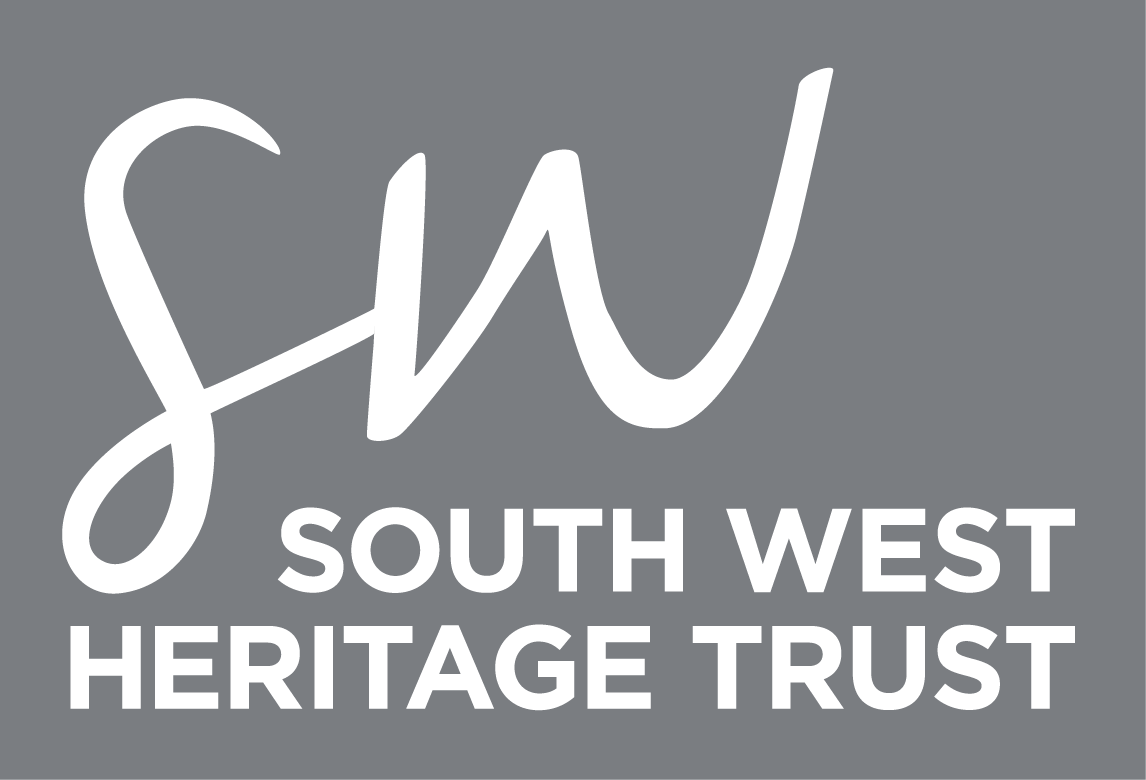Our Viking ship, named ‘Walrus’, is a waterline replica of a Viking trading vessel, based on the Skudelev 3 wreck, excavated from Roskilde fjord in Denmark in 1962. The 14m long boat was built in Denmark around 1040 AD and would have carried cargo around and across the North Sea and Baltic.

The original was built entirely of oak except for the mast which was pine. The 3.3m wide vessel was clinker built, made from overlapping radially split oak planks secured by over 1,200 iron rivets and roves. 5-8 people would have crewed it and the cargo would have been carried in barrels, boxes and sacks on the open decks.
It was mainly sail-powered and could reach a top speed of 10 knots or 11.5 mph. There are 5 holes for oars near the prow, probably just for manoeuvring in port. It is steered with a steering board at the left hand stern of the ship. So as not to damage the steering board, vessels would dock in port on the other side, hence the ‘port’ and ‘starboard’ sides of ships.

In 1984 the Viking Ship Museum in Roskilde made a replica of the ship, named the Roar Ege and sailed it on numerous voyages for 32 years before it was finally retired. This replica was created in 2016 for a display in the National Maritime Museum in Falmouth.

Gallery












